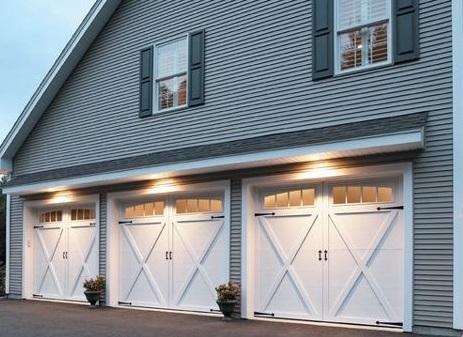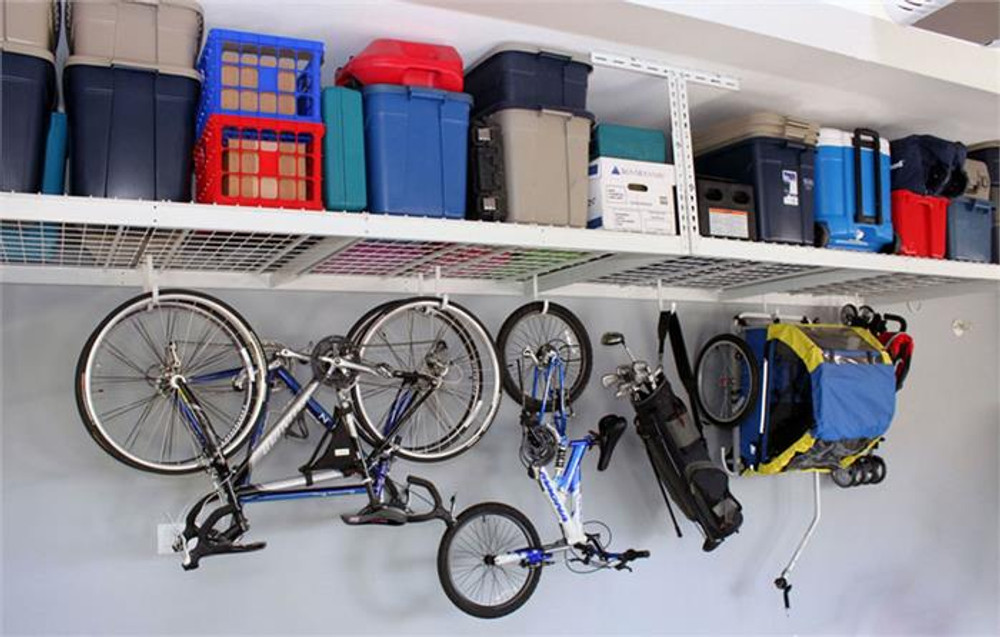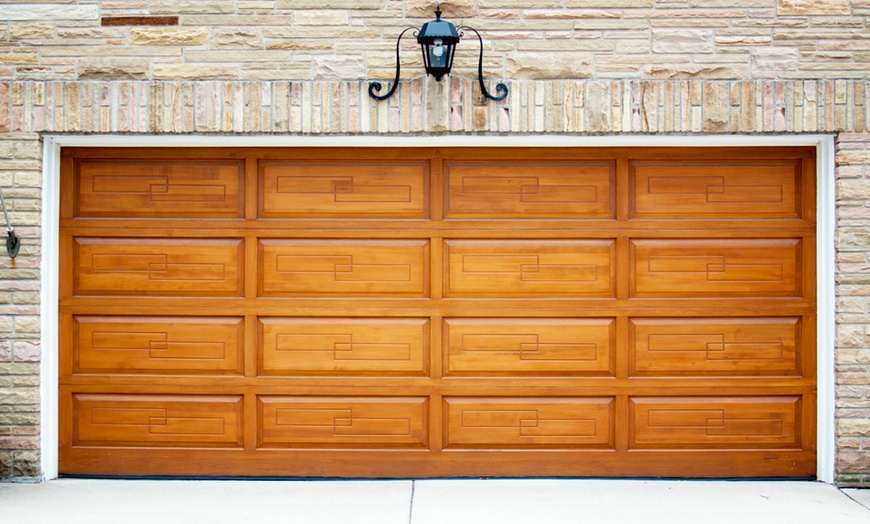
You have many options for adding an accessory dwelling unit (ADU), to your home. Some choose to convert an existing garage into a ADU while others build a brand new structure. No matter what your situation, there are many factors to consider when choosing an ADU with garage.
Converting an existing garage into an ADU is the most common way to add an ADU in a home. This is a great option because of many reasons. Because the garage is already a shell, you can add on to it. This allows you to reduce construction costs. It also saves you the cost of digging. Third, it can discreetly increase density in your neighborhood.
Adding an ADU to your property can increase the value of your home and allow you to welcome aging parents, grow your income with extra rental revenue, or create space for yourself. This is a great option for parents with young children looking to move.

Some ADUs can be attached to the house, while others may be attached above or below it. This depends on where you live in the country and the size of your property.
Before you start adding an ADU or other structure to your home, it is a good idea get planning permission. You can be denied permission or charged unreasonable fees by the city if you don't get this approval.
You should also check to make sure your neighborhood doesn't have a building code requirement for ADUs before you begin. Some neighborhoods have a maximum allowable amount of ADUs and you might need to have your plans reviewed by a professional to ensure that you don't exceed the limit or have your project denied due to lack of proper permits.
Accessory Dwelling Units have become a prominent real estate trend across Canada and the United States. These units can be used as secondary or primary dwellings in shared buildings. They are becoming more popular in urban areas because they can be built for much less than traditional detached single-family homes and can provide a great solution for families who need extra space, while providing rental income to help with the mortgage.

You can choose from a wide range of ADU plans with garage that will suit your needs and budget. There are many options available, including garage conversions and lean-to ADUs.
Saltbox ADU has a unique design and references all-American sheds. The Saltbox ADU has a small footprint and is ideal for many situations.
It can be used to create a studio, guest house, cottage or apartment. It features a kitchen and bathroom along with a bedroom and living area. This can make a great addition to any house, especially in urban areas where it is difficult to find housing.
FAQ
What is included in a full-scale kitchen remodel?
A complete kitchen remodel is more than just installing a new sink or faucet. Cabinets, countertops, appliances and lighting fixtures are just a few of the many options available.
Homeowners can remodel their kitchens completely without needing to do major work. This means that there is no demolition required, making the process easier for both homeowner and contractor.
Many services are required for kitchen renovations, such as electrical, plumbing and HVAC. A complete kitchen remodeling project may require multiple contractors depending on the size of the job.
It is best to work with professionals who have experience in kitchen remodeling. Small issues can lead to delays when there are many moving parts involved in a kitchen remodel. If you choose a DIY approach, make sure you plan and have a backup plan in place in case things go wrong.
How do I determine if my house requires a renovation or remodel?
First, look at how recent your home has been renovated. You might want to renovate if you haven’t had any home updates in several years. A remodel may be a better option if your house looks like new.
Second, make sure to inspect the state of your home. It's possible to renovate your home if there are holes in the walls, peeling wallpaper or damaged tiles. But if your home looks amazing, maybe it's time for a remodel.
A second factor to consider is your home's general condition. Is it structurally sound? Are the rooms well-lit? Are the floors clean and tidy? These are crucial questions when deciding on the type of renovation to do.
How much would it be to renovate a house vs. what it would cost you to build one from scratch?
Gutting a home involves removing everything within a building including walls and floors, ceilings as well as plumbing, electrical wiring, appliances, fixtures, and other fittings. This is usually done when you are moving into a new home and need to make some adjustments before you move in. The cost of gutting a home can be quite expensive due to the complexity involved. Depending on the job, the average cost of gutting a home is between $10,000 and $20,000
A builder builds a house by building it frame by frame. Then, he adds walls and flooring, roofing, windows and doors. This is done usually after purchasing lots. Building a home is typically cheaper than renovating, and usually costs between $15,000-30,000.
It all comes down to what you want to do in the space. You'll likely need to spend more money if you want to gut a property. It doesn't matter if you want a home built. Instead of waiting for someone to tear it down, you can make it exactly how you want.
Why should I remodel rather than buying a completely new house?
Although houses are getting cheaper each year, you still have to pay the same amount for the same square footage. Even though you may get a lot of bang for your buck, you also pay a lot for that extra square footage.
Maintaining a house that doesn’t need much maintenance is cheaper.
You can save thousands by remodeling instead of buying a new home.
Remodeling your home can make it more comfortable and suit your needs. You can make your home more welcoming for you and your loved ones.
How should you renovate a home?
The roof. The plumbing is the second. Third, the electrical wiring. Fourth, the walls. Fifth, the floor. Sixth, the windows. Seventh, the doors. Eighth, is the kitchen. Ninth, the bathrooms. Tenth, garage.
Finally, you'll be ready for the attic after you've done all these things.
You can hire someone who will help you renovate your house if you are not sure how. You will need patience, time, and effort when renovating your own home. It will also cost money. If you don't have the time or money to do all the work, why not hire someone else?
Although renovations are not cheap, they can save you a lot of money in the end. Plus, having a beautiful home makes life better.
What is the difference between a remodel and a renovation?
A remodel is a major change to a room or part of a room. A renovation refers to minor changes made to a particular room or area of a given room. Remodeling a bathroom is a major job, but adding a faucet to the sink is a minor one.
Remodeling is the process of changing a room or part of it. A renovation is simply a change to a specific part of a space. A kitchen remodel might include the replacement of countertops, sinks as well as appliances, lighting, and other accessories. But a kitchen update could include painting the wall color or installing a new light fixture.
Statistics
- About 33 percent of people report renovating their primary bedroom to increase livability and overall function. (rocketmortgage.com)
- According to a survey of renovations in the top 50 U.S. metro cities by Houzz, people spend $15,000 on average per renovation project. (rocketmortgage.com)
- 5%Roof2 – 4%Standard Bedroom1 – 3% (rocketmortgage.com)
- $320,976Additional home value: $152,996Return on investment: 48%Mid-range average cost: $156,741Additional home value: $85,672Return on investment: (rocketmortgage.com)
- 57%Low-end average cost: $26,214Additional home value: $18,927Return on investment: (rocketmortgage.com)
External Links
How To
How do you plan your bathroom budget?
The most important thing about any remodeling project is to make sure you can afford it. If you can't afford it now, how will you be able to pay later?
You need to be able to budget and plan for bathroom remodeling. A bathroom remodeling project is quite expensive, and several factors contribute to its cost.
One of the biggest expenses is labor. Labor costs can vary depending on whether the job is large or small and whether you use a professional contractor. Professional contractors are usually more expensive than DIYers because they have the experience and expertise.
Materials are another significant expense. Depending on your type of material, prices may range anywhere from $100 to $1000 per square foot.
The cost of energy is also an important factor. This includes both electricity and gas bills. Peak demand will cause energy prices to rise.
You also have to consider the time required to complete the project. Bathroom renovations usually require patience and time. While some projects can be completed in weeks, others can take up to months.
Apart from these three major categories, small items such as wallpaper, paint, and flooring add to project's overall costs.
Here are some tips that will help you make the right decision about how to approach your bathroom remodeling job.
-
Budget Planning - Before you begin any remodel project, it's important to figure out your financial capabilities. It doesn’t matter if your budget is tight or not. It is important to establish a realistic budget so that you can see where your finances are at all times.
-
Plan ahead - Try to plan your bathroom remodeling for the off-season if you can. The winter months typically bring lower energy usage rates, meaning you will save money on heating and cooling costs. It is possible to schedule your remodel at night, when the majority of people use the bathroom.
-
Shopping around - Once you've established your budget, start looking at potential vendors. You have many options, including local shops, online retailers and even family members who are willing to collaborate on your project.
-
Select an Estimator - After you have identified potential vendors, contact each one to obtain estimates. To ensure that you receive competitive pricing, you should get multiple quotes.
-
Get Multiple Estimates. After you receive your initial estimates, it is important to compare them with each other to determine which vendor has the lowest price. Once you have found the right vendor, you can ask them to give you a written estimate.
-
You must include all costs when preparing estimates. Specific about any permits, taxes, fees, or other applicable costs in your locality.
-
Pay attention to the little details when planning your bathroom remodel. You might need a new toilet. Is there space for a curtain rod to hang from the shower? These changes can easily increase the total amount spent on the project.
-
Consider insurance - Your bathroom remodel will have a significant impact on your insurance coverage. Don't forget to check your insurance company if you haven't already. You may end up with additional costs.
-
Hire a Professional - Once your bathroom remodel is complete, you should always hire a professional to put in the final fixtures. While you might be able to handle the job yourself, it is much easier to let someone else do it properly.